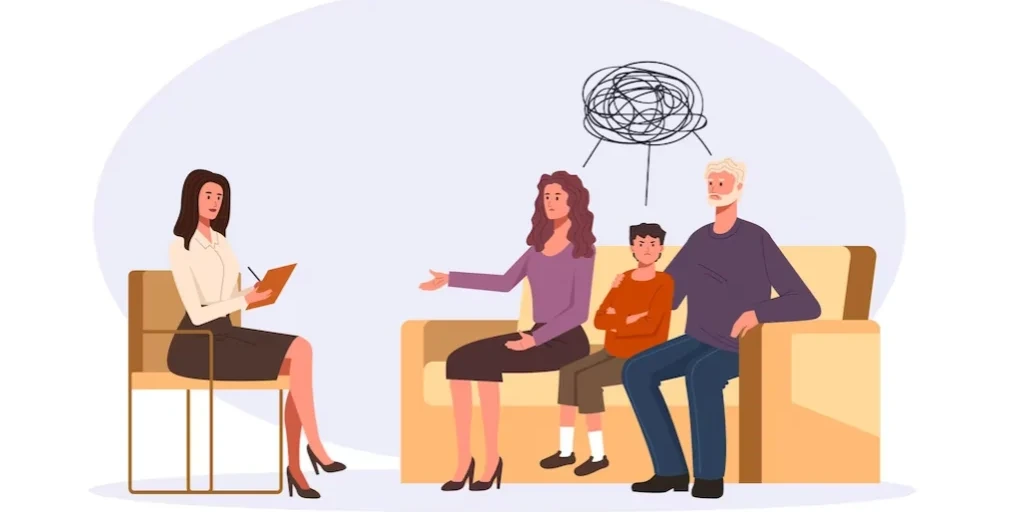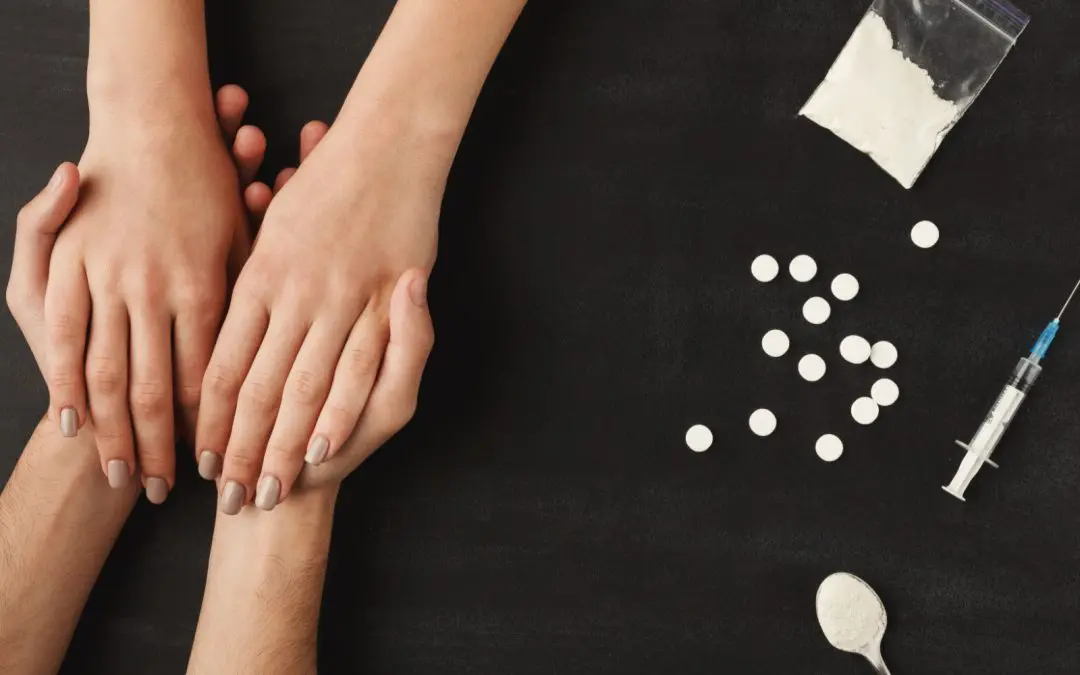24/7 Helpline:
(866) 899-221924/7 Helpline:
(866) 899-2219
Learn more about PTSD Rehab centers in Clay Center
PTSD Rehab in Other Cities

Other Insurance Options

EmblemHealth

Molina Healthcare

Anthem
Beacon

Cigna

Self-pay options

CareFirst

MVP Healthcare

BHS | Behavioral Health Systems

Coventry Health Care

Group Health Incorporated

Optima

PHCS Network

Premera

Health Choice

AllWell

Horizon Healthcare Service

Magellan

Multiplan

State Farm


Pawnee Mental Health Services
Pawnee Mental Health Services is a private rehab located in Clay Center, Kansas. Pawnee Mental Healt...

Aftermath Addiction Treatment Center
Aftermath Addiction Treatment Center (AATC) is an accredited dual-diagnosis addiction treatment cent...

Gogebic Community Mental Health Authority
Gogebic Community Mental Health Authority is a public rehab located in Wakefield, Michigan. Gogebic ...









BH CP Riverside Team
BH CP Riverside Team is a non-profit rehab located in Wakefield, Massachusetts. BH CP Riverside Team...

Riverside Psychiatric Day Treatment
Riverside Psychiatric Day Treatment is a non-profit rehab located in Wakefield, Massachusetts. River...

Riverside Community Care
Riverside Community Care is a private rehab located in Wakefield, Massachusetts. Riverside Community...

CODAC Behavioral Healthcare – South County
CODAC Behavioral Healthcare II - South County is a non-profit rehab located in Wakefield, RI. CODAC ...

Gateway Healthcare – South Shore Center
Gateway Healthcare – South Shore Center is a private rehab located in Wakefield, Rhode Island. Gatew...










































